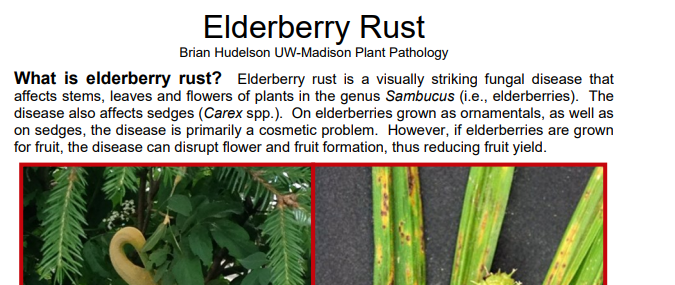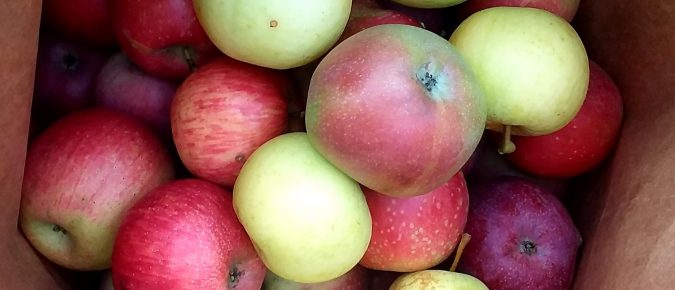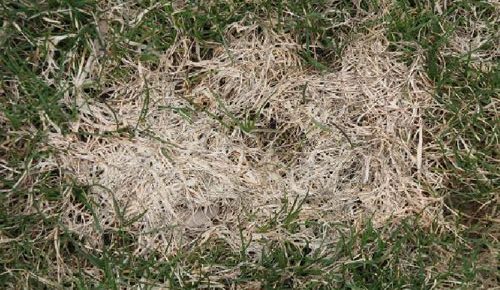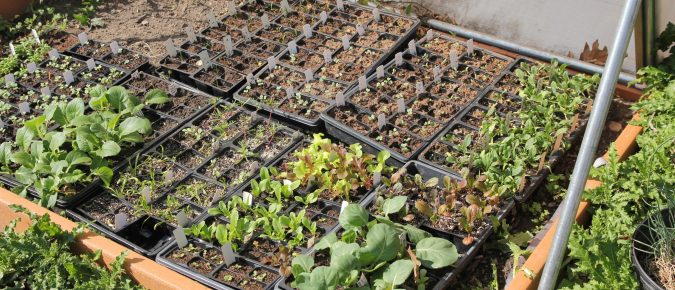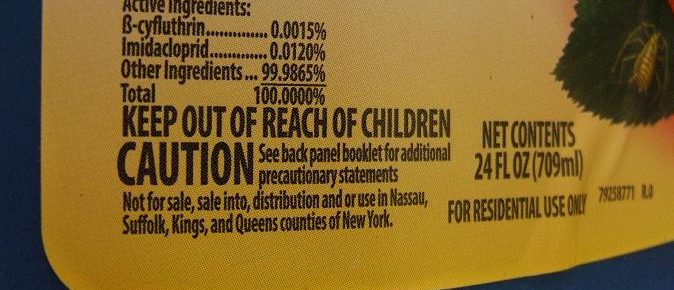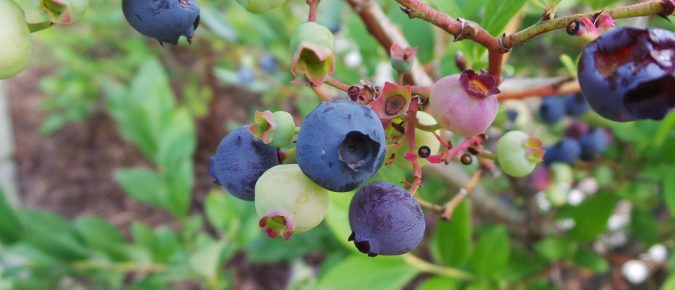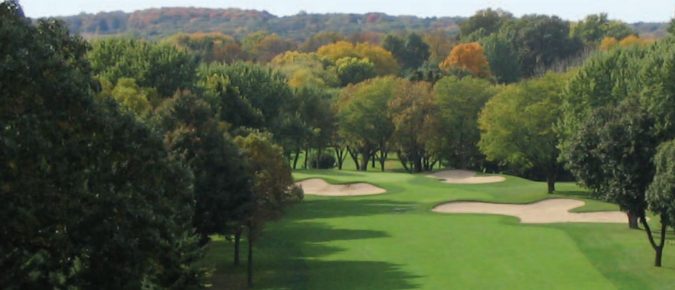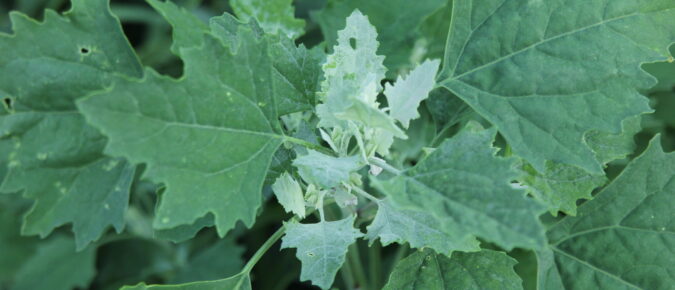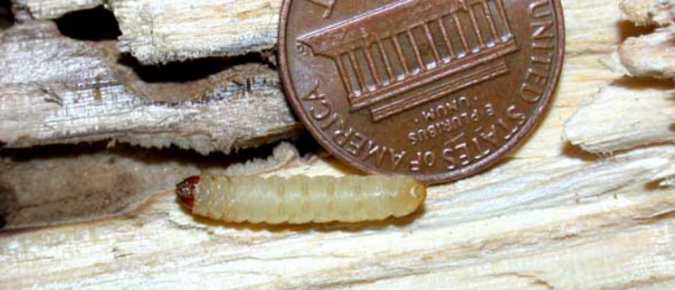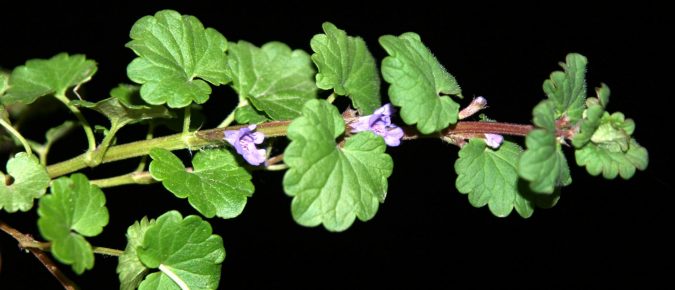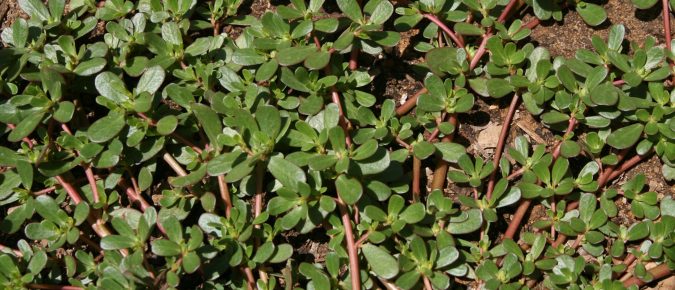Articles
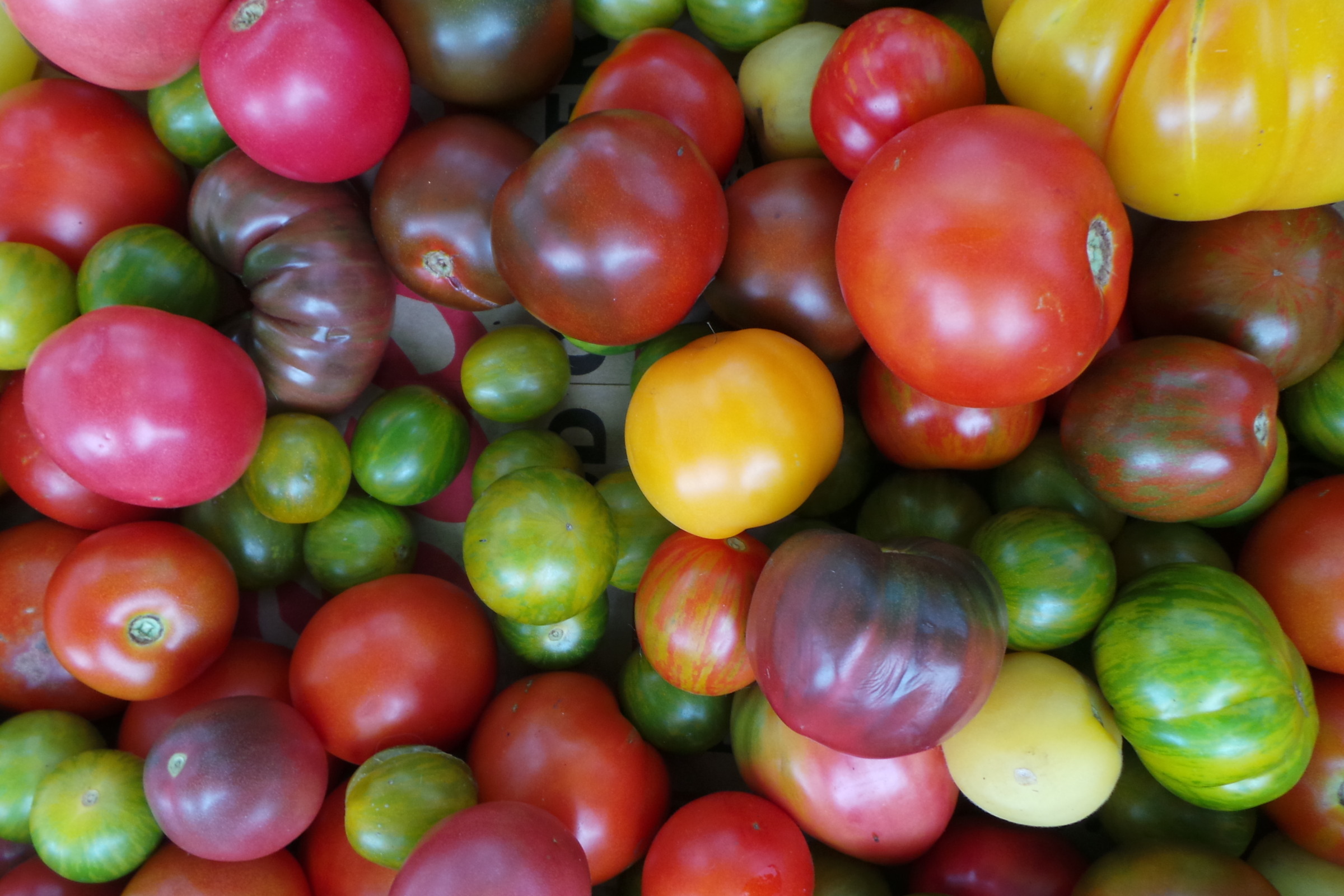
Gardening Articles
Research-based horticulture information to help keep your plants and gardens thriving.
Elderberry Rust
Elderberry rust is a visually striking cosmetic fungal disease that affects stems, leaves and flowers of plants in the genus Sambucus (i.e., elderberries), and also affects sedges (Carex spp.). Learn more in this factsheet.
When Are Apples Ripe?
This factsheet helps you determine when various apple cultivars are ripe and ready to pick, as well as provides tips on harvesting and storing your bounty.
Lawn Disease Quick Reference
This publication can help you identify some of the most common lawn problems you may encounter, and how to manage them.
Growing Vegetables at Home: Questions and Answers
Here are answers to the questions gardeners ask most often about growing vegetables. From asparagus to watercress, this guide covers over 50 vegetables plus other basic gardening topics.
Home Fruit Insecticides
Managing fruit corp insect pests can be very challenging, and should involve an “integrated pest management” approach. This factsheet lists potential pesticides that may be appropriate.
Growing Blueberries in Containers
The blueberry is a wonderful fruit rich in vitamin C, dietary fiber, and vitamin E. Due to its popularity, there is a growing interest among gardeners to plant blueberries in backyard gardens.
Turf Diseases of the Great Lakes Region
This 32-page publication is packed with crisp pictures and detailed descriptions of turf diseases. Includes options for curing the problems along with turf care and maintenance tips.
Managing Turfgrass Pests in Wisconsin
This publication describes pest management options available to professional turfgrass managers to keep turf in top condition while limiting potential harm to the environment.
Common Weed Seedlings of the North Central States
This detailed, illustrated guide will help you identify 54 of the most common problem weed species in the north central region of the United States. It is divided into two main sections: grass and grass-like weeds and broadleaf weeds.
Viburnum Borer
Major branch dieback, plant decline, and plant death of Viburnum species are commonly associated with the caterpillars of clearwing borer moths. Learn symptoms and management in this factsheet.
Creeping Charlie, Gleochoma hederaceae
Known by several common names, Glechoma hederaceae is a pest in lawns and gardens. Often called Creeping Charlie or Ground Ivy, it thrives in moist, shady spots and is difficult to eradicate. Learn about this creeping nuisance in this article…
Common Purslane, Portulaca oleracea
Common purslane, Portulaca oleracea, is a low-growing plant with succulent leaves. This annual grows quickly to produce a mat of tart-flavored edible leaves. Because of its fast growth, prolific seed production, and ability to survive in all types of soils, most people think of it as a pest, but some consider it a vegetable. To learn more about this edible weed in this article.

